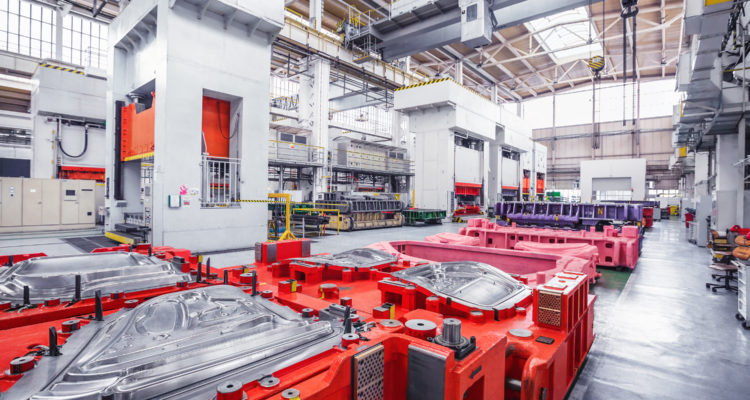New technologies are the lifeblood of the composites industry, but bringing them to production presents many challenges. Meeting these challenges with proper planning, design, personnel and processing techniques can pay dividends. New reinforcement materials and resin chemistries can affect manufacturing consistency and quality. Products with the least manufacturability issues can usually be produced cost effectively and with the best quality. Efforts to successfully bring new composite processes to production require a smooth transition from research design and planning to production.
While each project has its own specific considerations particular to that project, several overarching factors need to be taken into account during the move to production for any new process. These include the following:
- Process variable, such as speed, cure and environmental conditions
- Material placement, including fiber orientation, laminate stacking, nesting and bonding
- Tooling design and production viability
- Company culture, including buy-in from employees and support for staff to learn about and implement process improvements
Process Variables
Understanding the details and variables for the entire process is very important. Establishing which of the variables are critical to key product properties will contribute to success. For these critical process variables, the manufacturing engineer should establish the capability and operating window for the process.
While processes or products may be produced adequately a few times in controlled development and prototyping conditions, complications often ensue when they are moved to production. Process speed increases, and curing and environmental conditions vary from prototyping areas in many composites manufacturing facilities, all of which can change results.
Aligning new composite technologies with production processes is critical. This can start with monitoring ambient temperature/humidity in raw materials, the production plant environment and production molds. Understanding these factors can assist in aligning new technology with realistic chances of manufacturing success.
Controls such as temperature readings of specific areas and surfaces can be put in place. The use of inline sensing equipment, such as infrared temperature reading equipment or thermocouples, is a common solution. Fiber optic temperature sensors are one example of a tool that has advanced for use in production processing. They can be integrated into composite parts on production lines to monitor, adjust and match temperature during production and cure. This technology has also been utilized for bonding of both thermoset and thermoplastic composites. Procedures for monitoring and controlling temperature variations in real time are critical to keep controls in place within parameters that lower variation in chemical processes.
Material Placement
Raw materials impact any production process, so it’s critical to ensure material consistency and quality upfront. It’s equally important to monitor material placement.
Material placement in both wet and dry lay-up of numerous production processes varies in production runs. To help prevent these variations, the use of CAD/CAM software to design composites can enable efficient usage of materials and digital simulation products are available to test production processing. Verification of finite element analysis calculations with sensor measurements of actual prototype parts can be used to monitor critical complex composites structures along the production line. Tools for calculating this data are widely accessible to entry level users. Producing parts that meet design requirements results in less scrap and rework and high-quality composite parts.
Production aids can vary from low-cost tooling jigs and fixtures to guide lay-up, along with clear work instructions to use them consistently. Kit cut reinforcements to match lay-up schedules are also commonly used. More complex technology-based solutions include production aids from companies such as Aligned Vision and Faro, which have developed laser projection equipment for operators to guide lay-up and material placement. Automated lay-up technology requires less labor, but more employee expertise on the production line.


